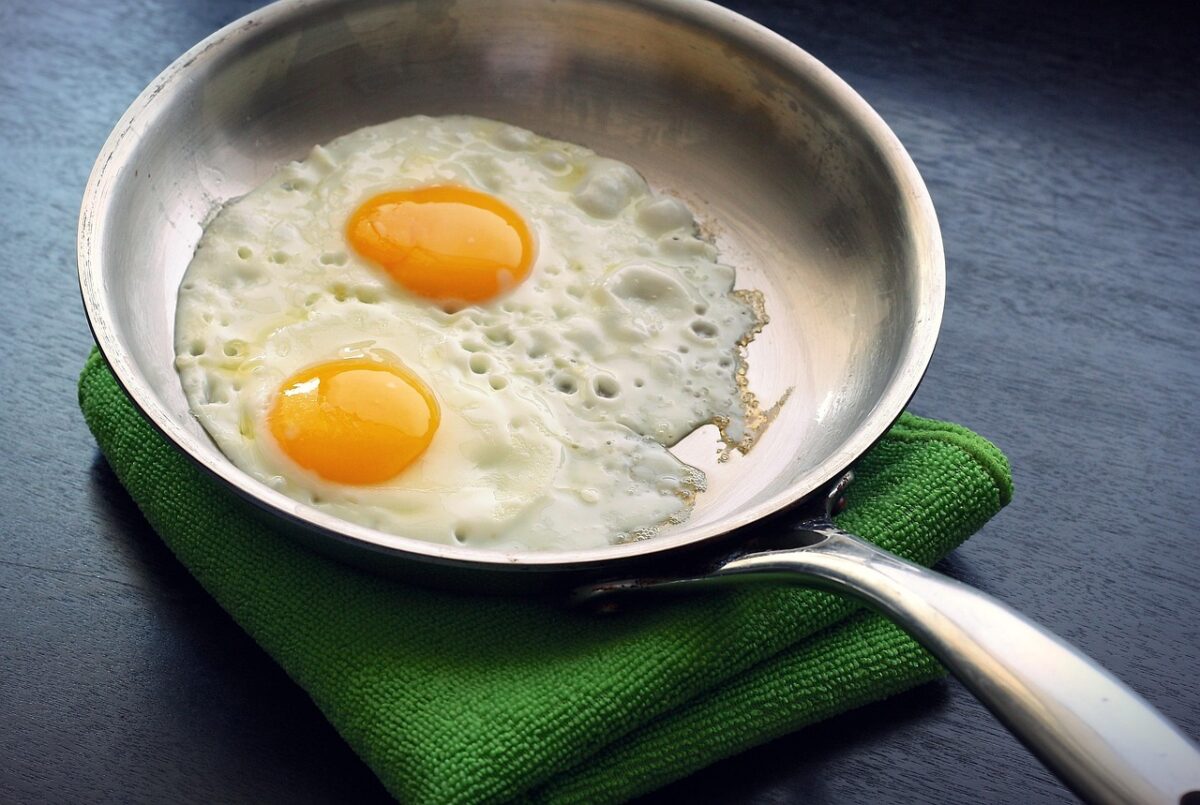Burnt stainless steel pans can be a frustrating sight for any home cook. Whether it’s from a cooking mishap involving burnt milk or oil, these stubborn stains can seem impossible to remove. Fortunately, with the right techniques and materials, you can restore your pan to its former glory. This guide will walk you through effective methods for cleaning burnt stainless steel, ensuring your cookware remains in excellent condition for years to come.
Why Stainless Steel Pans Burn
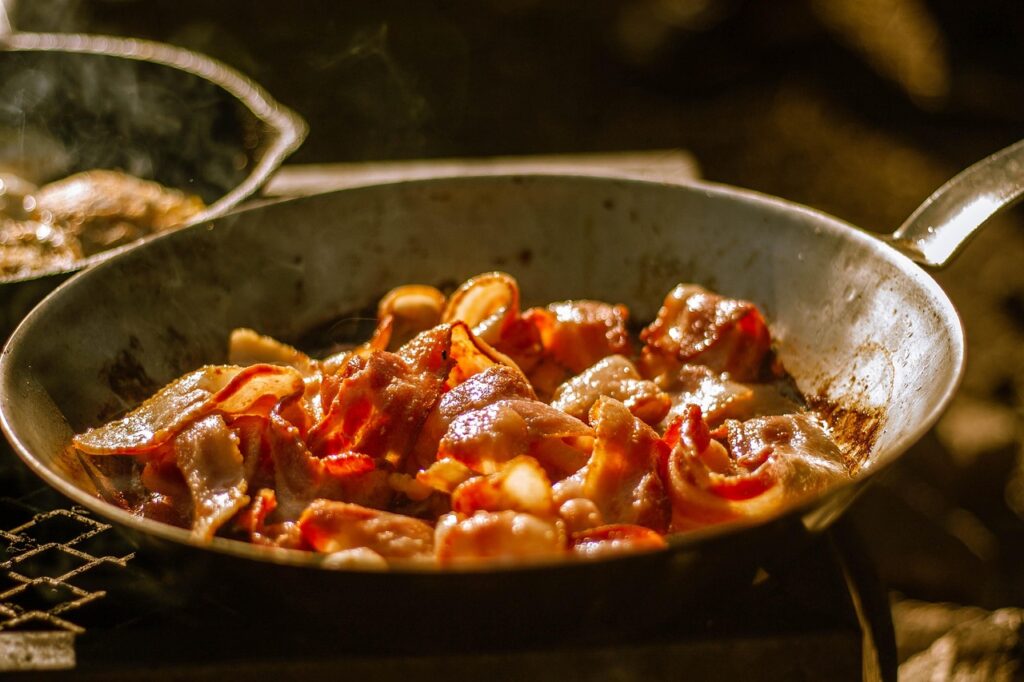
Stainless steel pans are prized for their durability and even heat distribution. However, they can easily burn food if not monitored closely. Common culprits include:
- High heat settings that can scorch food.
- Cooking with insufficient oil or fat.
- Leaving food unattended for too long.
Understanding these factors can help prevent future incidents and maintain the quality of your cookware.
Essential Supplies for Cleaning Burnt Stainless Steel
Before diving into the cleaning process, gather the following supplies:
- Dish soap
- Baking soda
- White vinegar
- Lemon
- Salt
- Cream of tartar
- Bar Keepers Friend or similar commercial cleaner
- Non-abrasive sponge or cloth
- Scraper (plastic or silicone)
- Water
Having these materials on hand will streamline your cleaning process and make it more effective.
Step-by-Step Methods to Clean Burnt Stainless Steel Pans
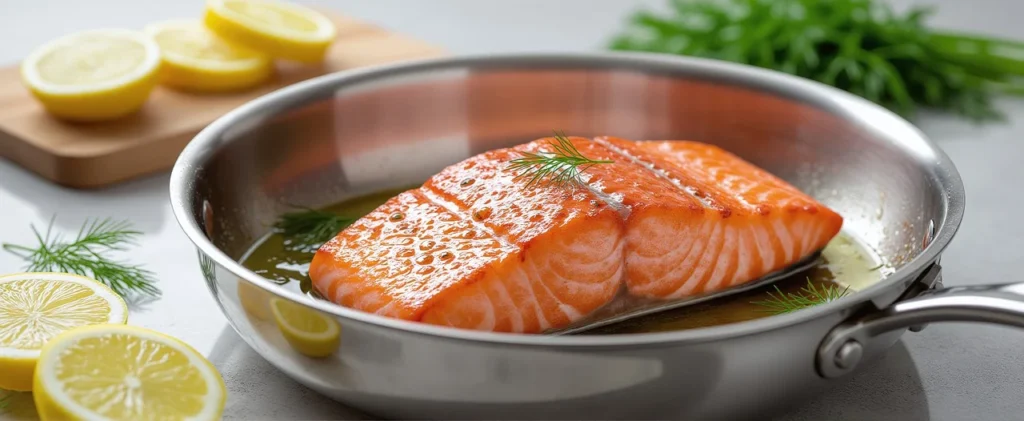
Method 1: Boiling Water and Dish Soap
This method is ideal for light to moderate burns. It’s simple and uses everyday household items.
- Fill the burnt pan with water, covering the burnt areas.
- Add a few drops of dish soap to the water.
- Place the pan on the stove and bring the water to a boil.
- Once boiling, reduce the heat and let it simmer for about 10-15 minutes.
- After simmering, use a non-abrasive sponge to scrub the burnt areas gently.
- Rinse the pan with warm water and dry it with a soft cloth.
Method 2: Baking Soda and Vinegar Technique
This method is effective for tougher stains caused by burnt food.
- Sprinkle a generous amount of baking soda over the burnt areas of the pan.
- Pour white vinegar over the baking soda. The mixture will fizz, helping lift the burnt stains.
- Let the mixture sit for about 15-20 minutes.
- Using a non-abrasive sponge, scrub the pan gently, focusing on the burnt spots.
- Rinse well with warm water and dry thoroughly.
Method 3: Using Bar Keepers Friend or Commercial Cleaners
For extremely burnt pans, a commercial cleaner may be necessary.
- Sprinkle Bar Keepers Friend over the burnt area.
- Add a small amount of water to make a paste.
- Using a sponge, rub the paste into the burnt areas in a circular motion.
- Let it sit for a few minutes to penetrate the stains.
- Rinse thoroughly with warm water and dry with a soft cloth.
Method 4: Natural Alternatives (Lemon, Salt, Cream of Tartar)
Natural ingredients can also be effective in cleaning burnt stainless steel.
- For lemon and salt, cut a lemon in half and dip the cut side in salt.
- Rub the lemon over the burnt areas, using the salt as an abrasive.
- For cream of tartar, mix it with a little water to form a paste and apply it to the burnt spots.
- Let it sit for 10-15 minutes, then scrub gently with a sponge.
- Rinse and dry the pan after cleaning.
What NOT to Do When Cleaning Burnt Stainless Steel
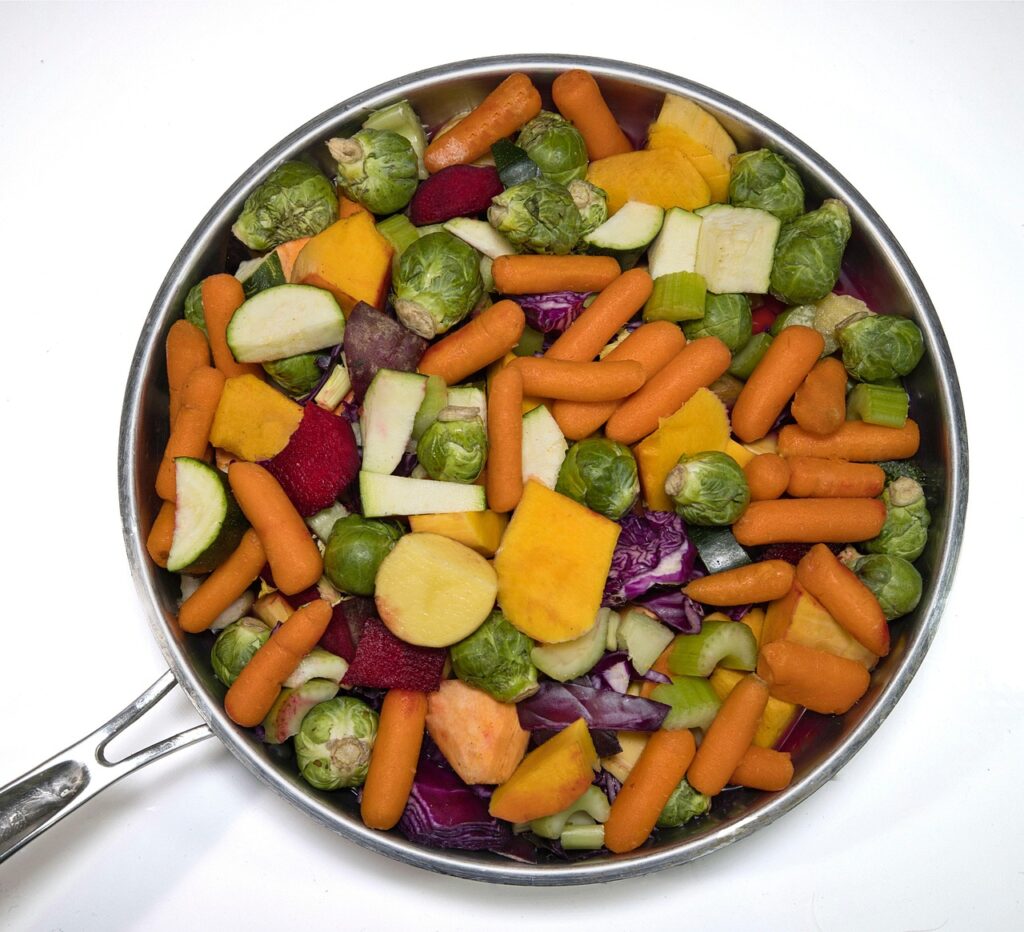
Avoid these common mistakes that can damage your stainless steel pans:
- Do not use steel wool or abrasive scrubbers, as they can scratch the surface.
- Avoid soaking the pan for extended periods, which can lead to discoloration.
- Do not use bleach or harsh chemicals, as they can react with the stainless steel.
Tips to Prevent Future Burning
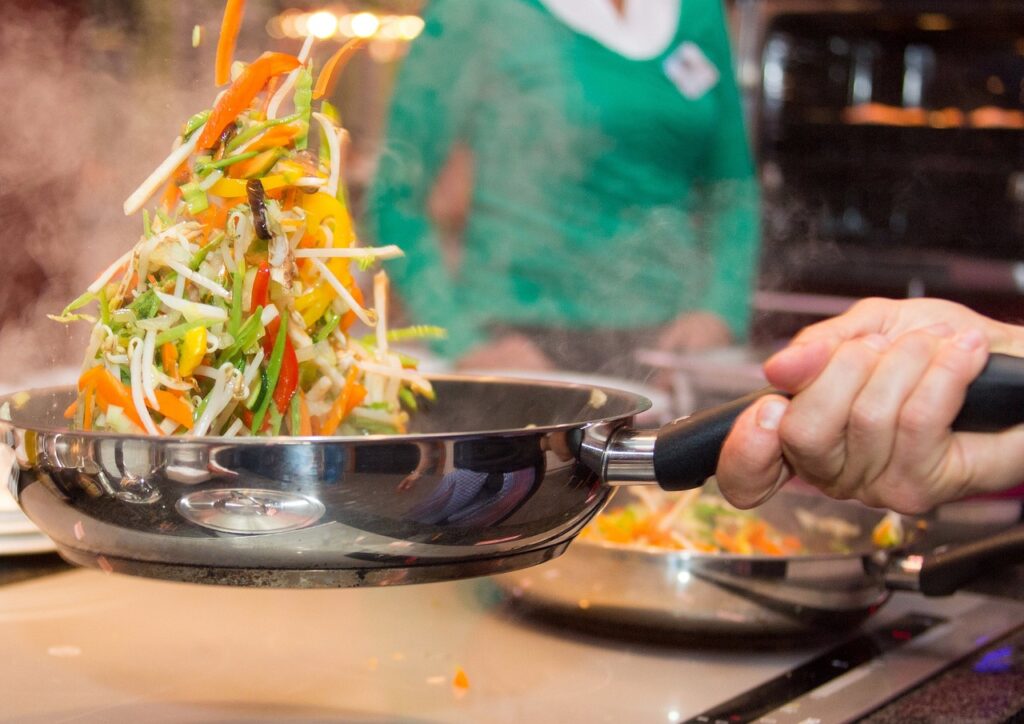
Taking preventive measures can help you avoid burnt pans in the future:
- Always preheat your pan before adding oil or food.
- Use medium heat settings for most cooking tasks.
- Keep an eye on the food while cooking, especially when using high temperatures.
- Consider using a timer to remind you to check on food.
Choosing the Best Method for Your Pan
Cleaning burnt stainless steel pans doesn’t have to be a daunting task. Depending on the severity of the burn, you can choose from several effective methods. For light burns, boiling water and dish soap may suffice. For tougher stains, baking soda and vinegar or a commercial cleaner can work wonders. Natural alternatives like lemon and salt offer a gentle yet effective solution. By following these methods and tips, you can keep your stainless steel cookware looking great and performing well.
